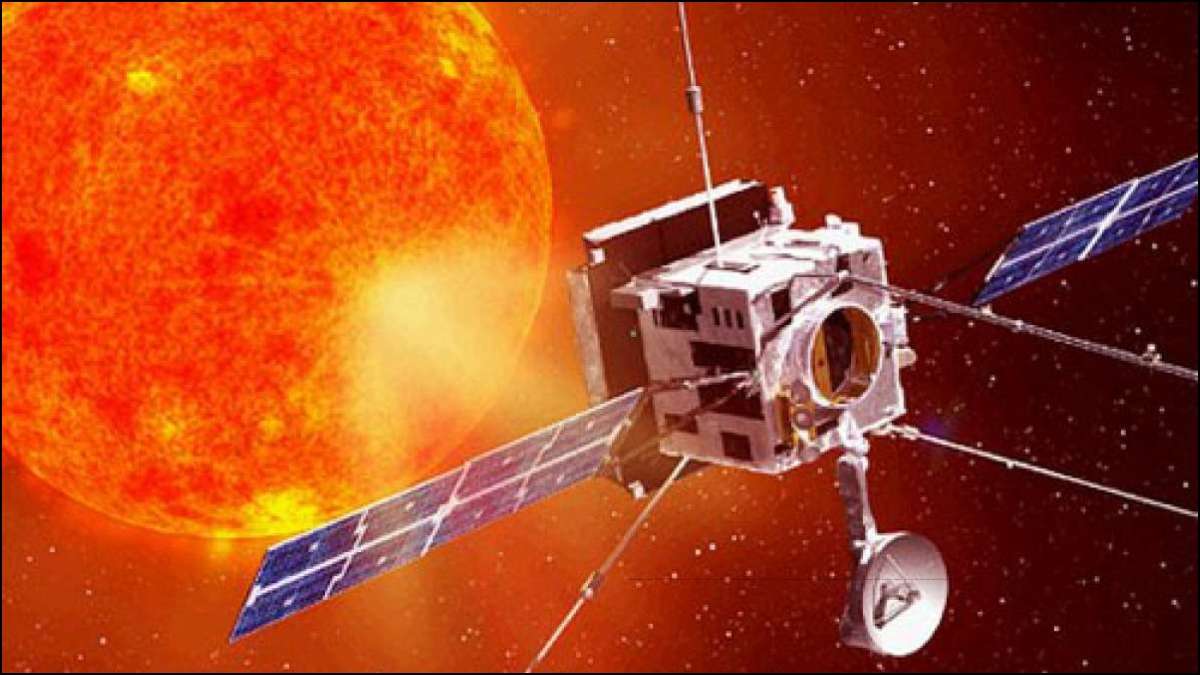Aditya-L1 Mission: ISRO activates second instrument on solar spacecraft, ASPEX begins its measurements
[ad_1]

Aditya-L1 Mission: The Indian Space Research Organisation (ISRO) on Saturday said that the Aditya Solar wind Particle Experiment (ASPEX) payload onboard India’s Aditya-L1 satellite has commenced its operations and is performing normally.
IRSO shared the histogram illustrating the energy variations in proton and alpha particle counts captured by SWIS over two-days.
SWIS instrument measured solar wind ions
According to ISRO, ASPEX comprises two cutting-edge instruments – the Solar wind Ion Spectrometer (SWIS) and STEPS (SupraThermal and Energetic Particle Spectrometer). The STEPS instrument was operational on September 10, 2023. The SWIS instrument was activated on November 2, 2023, and has exhibited optimal performance.
“SWIS, utilizing two sensor units with a remarkable 360° field of view each, operates in planes perpendicular to one another. The instrument has successfully measured solar wind ions, primarily protons and alpha particles,” said ISRO in a statement.
The space agency said that a sample energy histogram acquired from one of the sensors over two days in November 2023 illustrates variations in proton (H+) and alpha particle (doubly ionized helium, He2+) counts. “These variations were recorded with nominal integration time, providing a comprehensive snapshot of solar wind behaviour,” it said.
ISRO said that the directional capabilities of SWIS enable precise measurements of solar wind protons and alphas, contributing significantly to addressing longstanding questions about solar wind properties, underlying processes, and their impact on Earth.
“The change in the proton and alpha particle number ratio, as observed by SWIS, holds the potential to provide indirect information about the arrival of Coronal Mass Ejections (CMEs) at the Sun-Earth Lagrange Point L1. The enhanced alpha-to-proton ratio is often regarded as one of the sensitive markers of the passage of interplanetary coronal mass ejections (ICMEs) at the L1 and hence considered crucial for space weather studies,” ISRO said in a statement.
As researchers delve deeper into the collected data, the international scientific community eagerly awaits the wealth of knowledge that Aditya-L1’s ASPEX is set to unveil about the enigmatic solar wind and its implications for our planet, it added.
Aditya-L1 Mission
ISRO’s Polar Satellite Launch Vehicle (PSLV-C57) had on September 2 successfully launched Aditya-L1 from the Second Launch Pad of Satish Dhawan Space Centre, Sriharikota. Aditya-L1 is the first Indian space-based observatory that will study the Sun from a halo orbit around the first Sun-Earth Lagrangian point (L1), which is located roughly 1.5 million km from the Earth.
According to ISRO, the spacecraft placed in a halo orbit around the Lagrange point 1 (L1) of the Sun-Earth system, which is about 1.5 million km from the Earth, has the major advantage of continuously viewing the Sun without any occultation or eclipses.
The suits of Aditya L1 payloads are expected to provide the most crucial information to understand the problem of coronal heating, coronal mass ejection, pre-flare and flare activities and their characteristics, dynamics of space weather, and propagation of particles and fields.
Also Read: ISRO’s Aditya-L1 mission records breakthrough in solar flare research
Also Read: Aditya-L1: Indian solar mission commences collecting scientific data, tweets ISRO
[ad_2]
Source link
